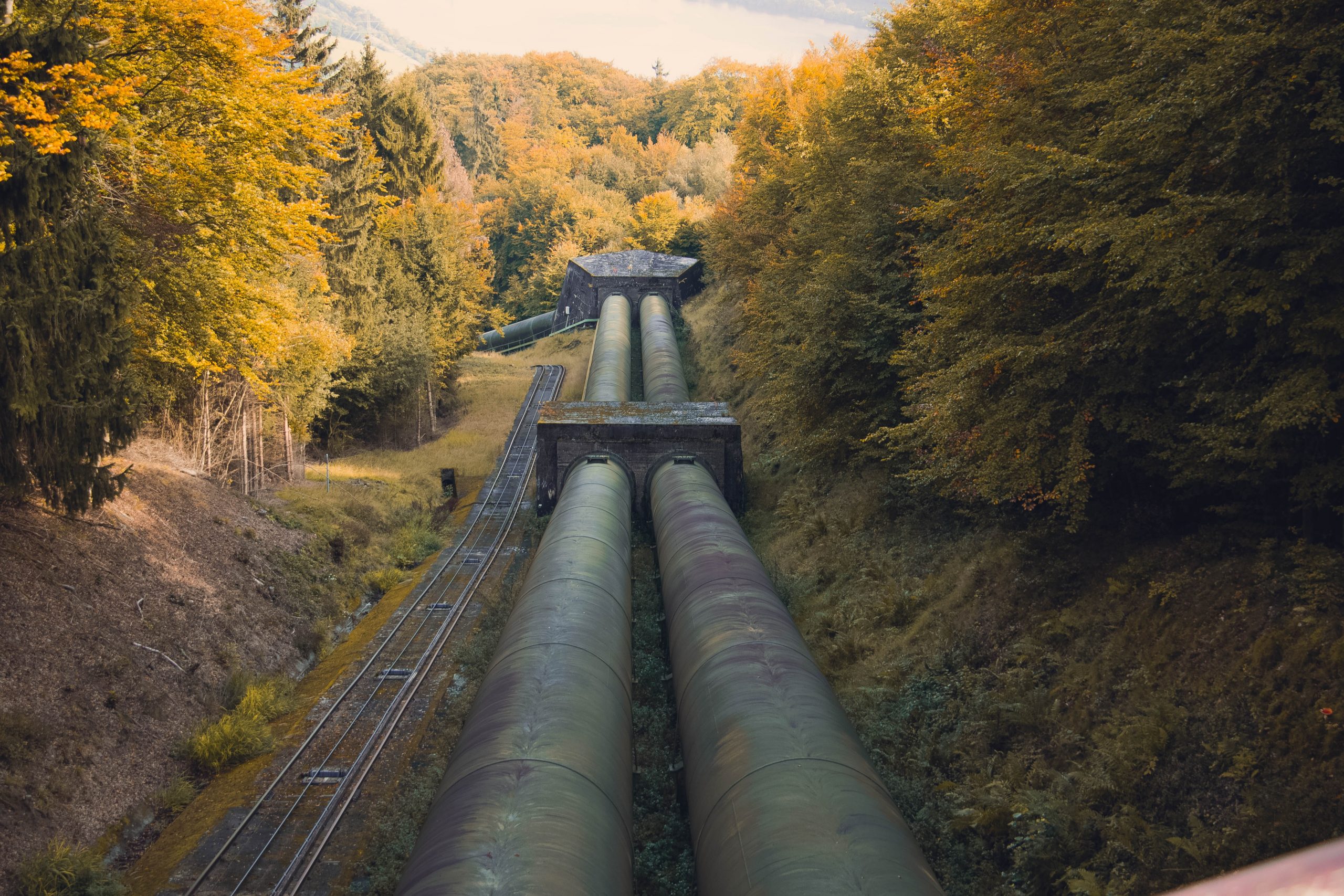State or federal preemption that blocks people’s ability to provide more protection for their water is wrong and unjust and should be challenged.
by Paul Blackburn, Attorney, Bold Alliance on May 3, 2022 on Pipeline Fighters Hub.
As landowners and counties are being inundated with carbon pipeline companies wanting to take land by eminent domain, a common concern raised by many county officials is whether or not federal law allows their county to impose setbacks on pipelines. The short answer is that it depends on the type of pipeline. The federal Natural Gas Act (NGA) does preempt county setbacks for interstate natural gas pipelines, but this act does not apply to oil and CO2 pipelines. Instead, no federal law authorizes the federal government to generally determine the route or location of an oil or CO2 pipeline. More specifically, the federal Pipeline Safety Act does not prohibit county setbacks for or county routing of oil and CO2 pipelines.
The Pipeline Safety Act actually prohibits the Pipeline and Hazardous Materials Safety Administration (PHMSA), a part of the U.S. Department of Transportation, from issuing or enforcing setbacks or otherwise determining the location or route of a pipeline for safety or any other reason. Section 60104(e) of the Pipeline Safety Act expressly states in full:
“(e) Location and routing of facilities. –This chapter does not authorize the Secretary of Transportation to prescribe the location or routing of a pipeline facility.”
Since setbacks relate to the location of a pipeline, federal law prohibits PHMSA from requiring or prohibiting setbacks or otherwise dictating the location or route of a pipeline. This means that PHMSA cannot examine route alternatives and pick the safest or order a pipeline developer to stay away from sensitive locations, such as schools, nursing homes, or hospitals.
The mistaken belief that the federal government regulates setbacks appears to be based on a misinterpretation of Section 195.210 of the federal pipeline safety regulations (49 CFR § 195.210). This regulation contains two short provisions, subsections (a) and (b), both of which appear to regulate the location or route of a pipeline.
Subsection (a) states in full:
“(a) Pipeline right-of-way must be selected to avoid, as far as practicable, areas containing private dwellings, industrial buildings, and places of public assembly.”
If the Department of Transportation can’t regulate location or route, how could it have issued this regulation? The answer lies deep in the history and timing of the many amendments to the Pipeline Safety Act and the regulations issued under it…
See the full article HERE.
Photo credit: Quinten de Graaf on Unsplash.

